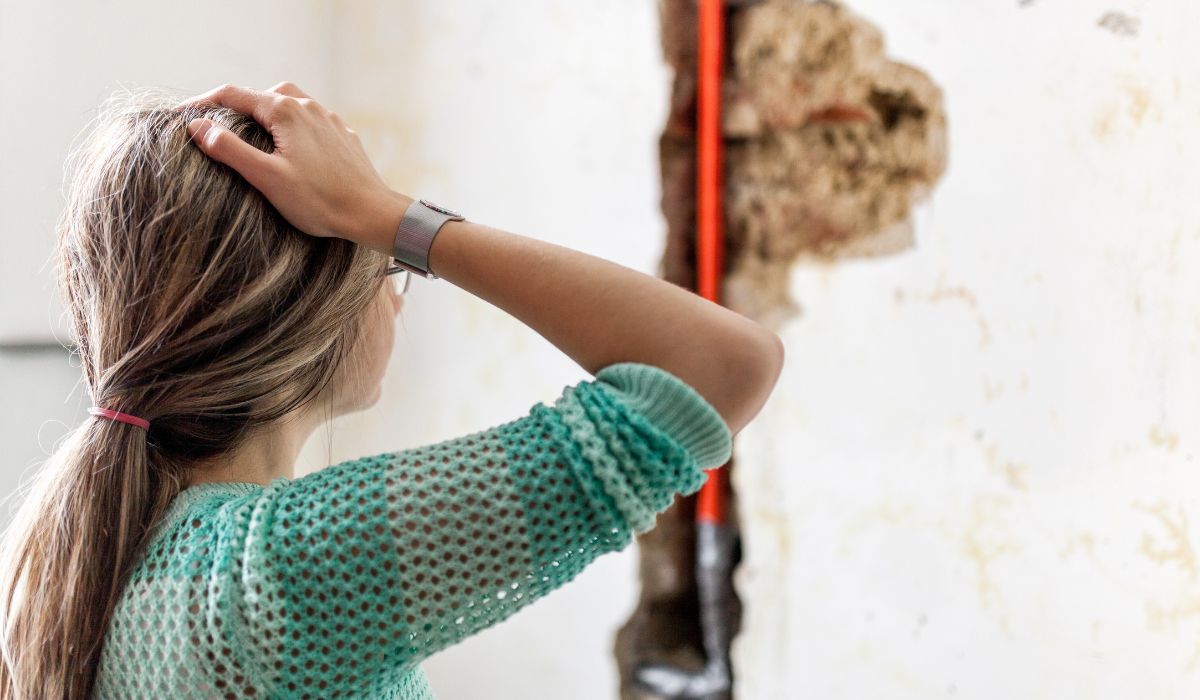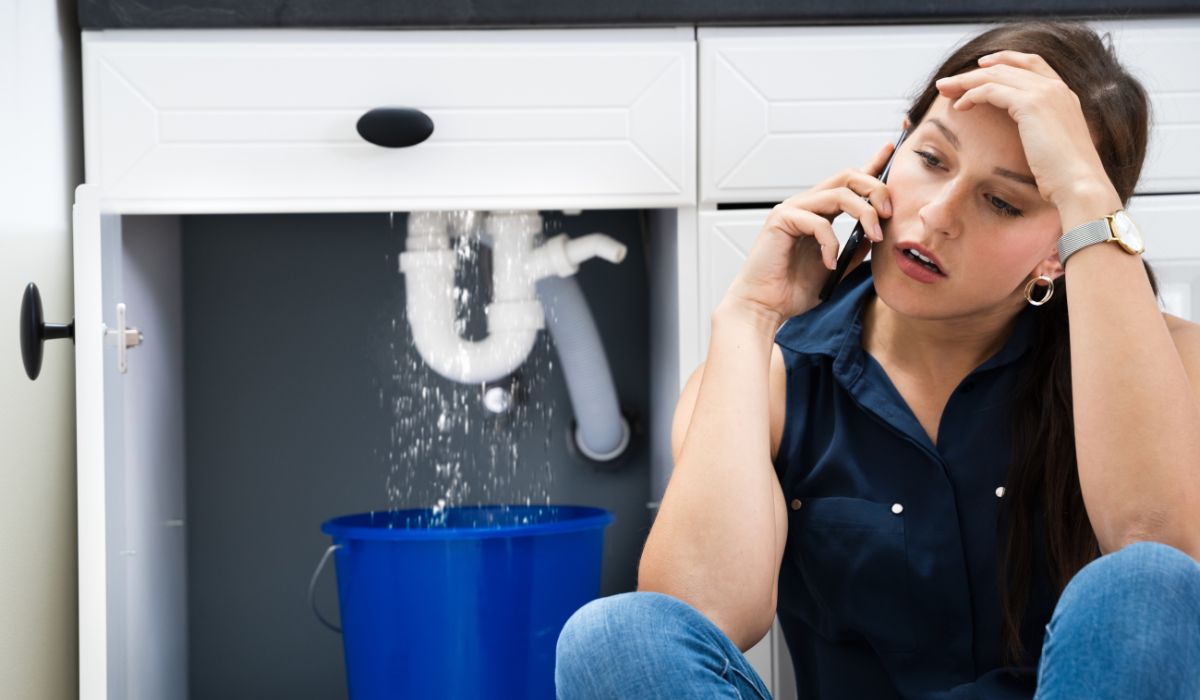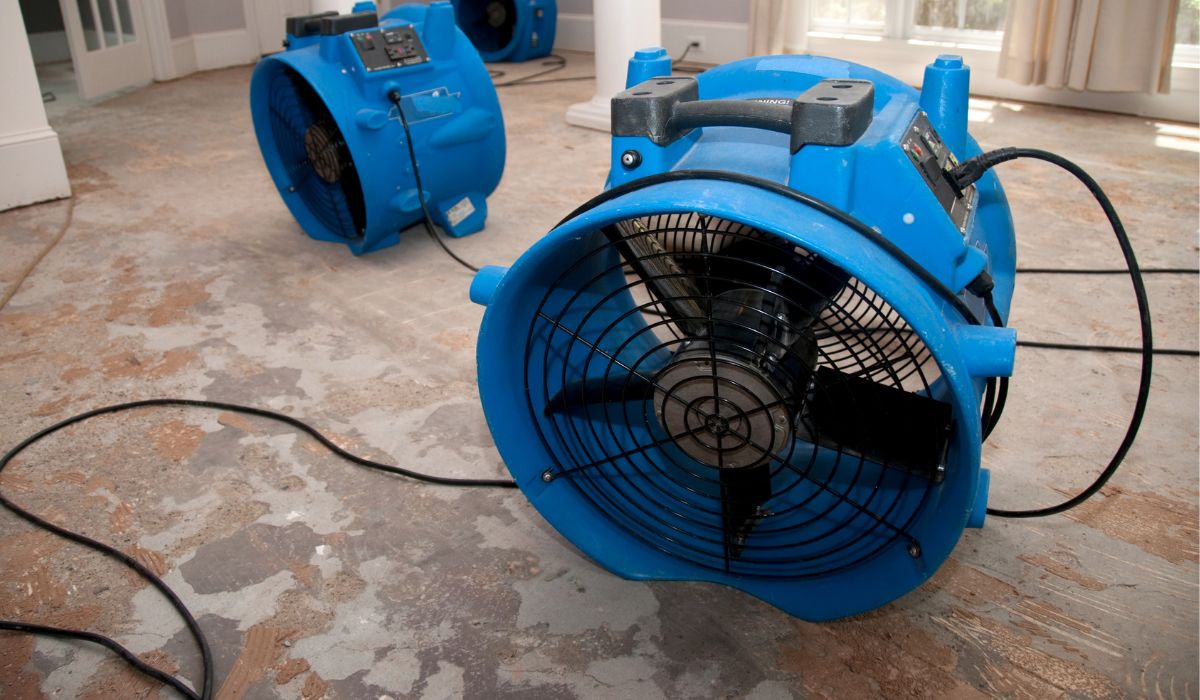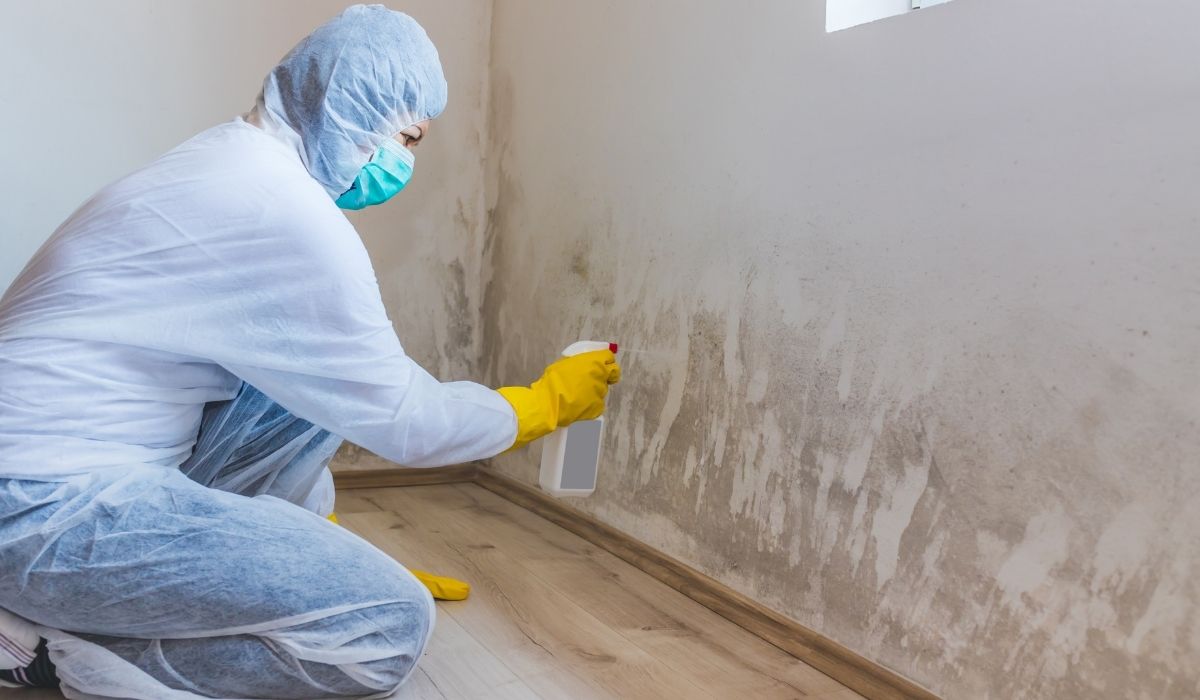How Much Does It Cost for Water Damage Restoration?
Water damage can be one of the most stressful problems a homeowner faces. A small leak in a pipe or a big flood can cause serious issues inside your home. Many people ask the same question: how much does it cost for water damage restoration? The truth is, the price can vary a lot depending on the damage, the source of water, and how quickly you act.
In this guide, we will break down water damage costs in simple terms. We will also cover what impacts the price, what insurance may cover, and how to prevent water damage in the future.

What Impacts the Cost of Water Damage Restoration?
Several factors can raise or lower the price of restoration services. Here are the main things that affect water damage costs:
Type of Water
- Clean water from a sink, washing machine, or hose is easier to handle and usually cheaper.
- Grey water from a dishwasher or toilet leak has more contamination.
- Black water from sewage backup or flooding carries health risks and costs more to fix.
Size of the Damaged Area
Restoration companies often charge by the square foot. A small bathroom leak costs less than a whole basement flood.
Materials Affected
Water can ruin drywall, carpet, wood, hardwood floors, baseboards, plaster, tile, cabinetry, roof, attic, crawl space, basement, ceiling, and walls. The more materials affected, the higher the expense.
Location of the Damage
- A bathroom leak may affect the toilet, sink, shower, and plumbing.
- A kitchen leak can damage the dishwasher, cabinetry, flooring, and water supply.
- A laundry room flood from a washing machine or laundry hose can cause buckling of floors and humidity issues.
- An attic ice dam or roof flashing problem can cause stains and seepage down the walls.
Accessibility
If the damage is in a crawl space, basement, roof, or behind walls, restoration takes longer and costs more. Accessibility also affects labor price for plumbers, electricians, and general contractors.
Average Water Damage Costs
So, how much does it cost for water damage restoration? On average, homeowners may pay between $1,200 and $5,000 for water damage repair.
- Minor leaks or small room drying: $500–$1,200
- Moderate damage (bathroom or kitchen): $1,200–$3,000
- Major damage (basement flood, sewage backup, storm damage): $3,000–$10,000+
These numbers depend on the type of water, the size of the property, and the restoration company.

Emergency Services and Hidden Expenses
Sometimes water damage happens suddenly, like a burst pipe, storm surge, or flood. In those cases, you may need emergency service right away. Emergency calls often come with a higher fee.
Other hidden expenses include:
- Water extraction and pump rental
- Drying equipment like dehumidifiers and moisture meters
- Odor removal and antimicrobial treatment
- Mold removal for indoor mold growth
- Repairing plumbing, electricity, or HVAC issues
Insurance and Water Damage
Many homeowners wonder if home insurance or flood insurance covers water damage. Here’s a simple breakdown:
- Home insurance policies may cover sudden accidents like a burst pipe, bathroom leak, or washing machine failure.
- Flood insurance is needed for storm surge, rain, and groundwater seepage.
- Sewage backup coverage may be an add-on to your policy.
- Deductibles apply, which means you must pay a certain amount before insurance pays the rest.
Always check your policy and call your insurer for inspection. Negligence, wear and tear, and poor maintenance may not be covered.
Common Areas That Suffer Water Damage
Basement
Basements often need basement waterproofing, sump pump installation, and drainage repairs to prevent water seepage. Flood damage repair in basements can be costly if not treated quickly.
Attic and Roof
Ice dams, flashing issues, roof leaks, and storm damage can cause water to drip into the attic. Over time, moisture can spread to insulation, drywall, and ceilings.
Bathroom
Toilets, showers, sinks, and plumbing pipes are common leak spots. Bathroom water damage may stain walls, damage tile, and ruin flooring.
Kitchen
Dishwashers, sinks, and plumbing leaks can cause serious damage to cabinetry, flooring, and walls.
Laundry Room
Washing machines and laundry hoses often cause leaks. Water can seep into flooring, baseboards, and walls.
Mold and Health Concerns
Water damage is not just about property—it also affects health. If water is not removed quickly, indoor mold may grow in less than 48 hours. Mold causes odor, allergies, and even breathing problems.
A restoration expert may recommend:
- Moisture meters to check for hidden dampness
- Dehumidifiers and air drying equipment
- Antimicrobial treatment to stop contamination
Restoration Process Step by Step
Here’s how a restoration company usually handles repairing water damage:
1. Inspection
Experts use leak detection tools, moisture meters, and cameras to check the source.
2. Water Extraction
Water removal is done with pumps, vacuums, and sump pumps.
3. Drying and Dehumidifying
Drying equipment like fans and dehumidifiers remove moisture from floors, walls, and ceilings.
4. Cleaning and Disinfection
Antimicrobial cleaners remove bacteria and prevent mold.
5. Repair and Restoration
- Replace drywall, flooring, tile, baseboards, or cabinetry
- Fix pipes, plumbing, electricity, or insulation
- Repaint walls, ceilings, and plaster
- Repair roof, foundation, or drainage issues
Preventing Future Water Damage
Prevent water damage before it becomes costly with these tips:
- Check pipes, valves, and plumbing for leaks.
- Use a moisture meter to detect hidden dampness.
- Maintain your roof, flashing, gutters, and storm drains.
- Install a sump pump in your basement with backup power.
- Keep an eye on washing machines, dishwashers, and toilets for leaks.
- Use basement waterproofing and foundation sealing.
- Run a dehumidifier in high humidity areas.
- Inspect your attic and crawl space for stains or seepage.
When to Call an Expert
Sometimes DIY fixes are not enough. Call a restoration company, roofer, plumber, or electrician when:
- You see contamination from sewage.
- There’s storm surge or flood damage repair needed.
- You notice mold, odor, or stains spreading.
- A pipe bursts or roof leak keeps dripping.
- Your insurance inspection requires expert reports.
Experts offer warranties on restoration services, giving homeowners peace of mind.

FAQs About Water Damage Costs
How much does it cost for water damage restoration?
On average, water damage restoration costs $1,200–$5,000. Minor leaks are cheaper, while major floods or sewage backups cost much more.
Does insurance cover water damage repair?
Home insurance may cover sudden leaks or pipe bursts. Flood insurance is needed for rain or storm surge. Always check your policy and deductible.
Can I fix water damage myself?
Small leaks may be fixed with drying and cleaning. But large floods, mold, or sewage require professional restoration services to prevent health risks.
How long does water restoration take?
Minor repairs may take 1–3 days. Major restoration with water extraction, drying, and repairs may take 1–2 weeks or longer depending on damage.
How can I prevent water damage in my home?
Regular maintenance, leak detection, sump pumps, basement waterproofing, roof flashing care, and dehumidifiers help prevent water damage.
Final Thoughts
So, how much does it cost for water damage restoration? The answer depends on the source, size, and severity of the damage. Costs may be small for a bathroom leak but very high for a flooded basement or sewage backup.
Working with a trusted restoration company helps protect your property and health. With proper maintenance, waterproofing, and quick response, you can lower your water restoration costs and prevent future damage. Contact us today for more information on how we can help.



